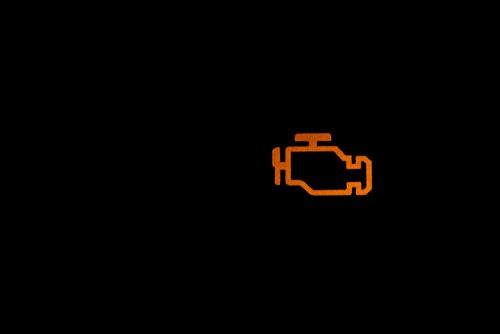The check engine light notification in fleet vehicles can cause concern for fleet repair professionals and drivers alike. It serves as an important indicator that something is amiss within the vehicle's systems. In this blog, we will delve into the various reasons why the check engine light may illuminate in a fleet vehicle, the repairs that may be required after a diagnostic, and provide tips to prevent check engine light notifications in the future through regular maintenance services.
Understanding the Check Engine Light Notifications
- Faulty Oxygen Sensor: A malfunctioning oxygen sensor can trigger the check engine light. This sensor monitors the oxygen level in the exhaust system, and if it fails, it can result in decreased fuel efficiency and increased emissions.
- Loose or Faulty Gas Cap: A loose or faulty gas cap may cause a check engine light notification. A proper seal is essential to maintain fuel system pressure, and any issues can lead to fuel vapor leakage, reduced fuel efficiency, and potential damage to emission control systems.
- Failing Catalytic Converter: A failing catalytic converter can trigger the check engine light. This crucial component reduces harmful emissions, and if it malfunctions, it can result in decreased engine performance, increased emissions, and potential damage to the vehicle's engine.
- Ignition System Problems: Issues with the ignition system, such as a faulty spark plug or ignition coil, can cause the check engine light to illuminate. These problems can lead to poor engine performance, reduced fuel efficiency, and potential damage to the vehicle's engine.
Repair Services after Diagnostic
Once a diagnostic has been performed to identify the specific cause of the check engine light notification, fleet repair shops can undertake appropriate repair services. These may include:
- Sensor Replacement: If a faulty oxygen sensor is identified, it is crucial to replace it promptly. This will restore fuel efficiency, reduce emissions, and prevent further vehicle system damage.
- Gas Cap Inspection and Replacement: Checking the gas cap for damage or ensuring a proper seal is essential. If a faulty cap is identified, it should be replaced to maintain fuel system pressure and prevent fuel vapor leakage.
- Catalytic Converter Repair or Replacement: If the catalytic converter fails, repair or replacement is necessary. This ensures optimal emission control, engine performance, and compliance with environmental regulations.
- Ignition System Maintenance: Repairing or replacing faulty spark plugs, ignition coils, or other ignition system components can restore engine performance, improve fuel efficiency, and prevent potential engine damage.
Preventing Check Engine Light Notifications in the Future
Regular maintenance services are crucial to avoid check engine light notifications in fleet vehicles. Fleet repair shops can offer the following preventive measures:
- Routine Inspections: Regular inspections of the vehicle's systems, including the ignition system, fuel system, and emission control components, can help identify potential issues before they trigger the check engine light.
- Scheduled Maintenance: Adhering to the manufacturer's recommended maintenance schedule ensures that vital components, such as spark plugs, filters, and sensors, are replaced or serviced at the appropriate intervals, preventing potential problems.
- Diagnostic Scans: Periodic diagnostic scans can proactively identify any emerging issues or potential failures within the vehicle's systems, allowing for timely repairs and preventing check engine light notifications.
- Driver Education: Educating fleet drivers on the importance of reporting any unusual noises, vibrations, or changes in vehicle performance can help address potential issues before they lead to check engine light notifications.

